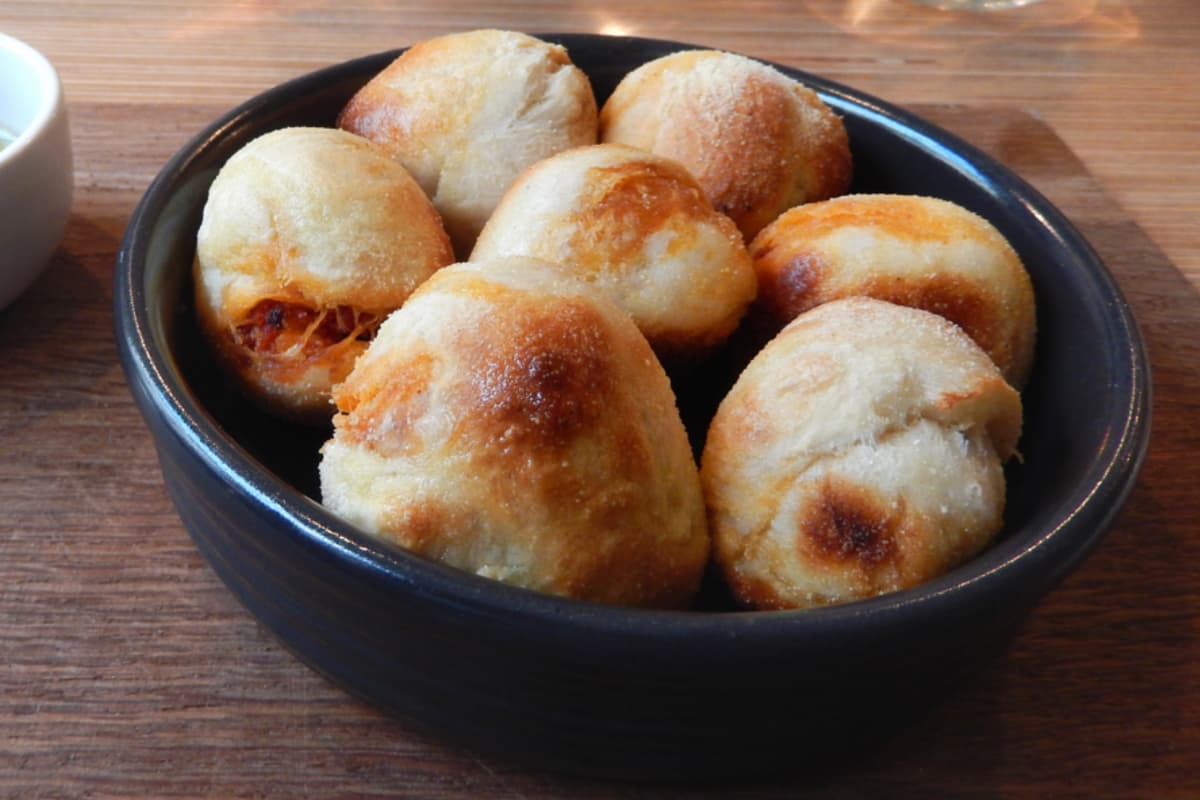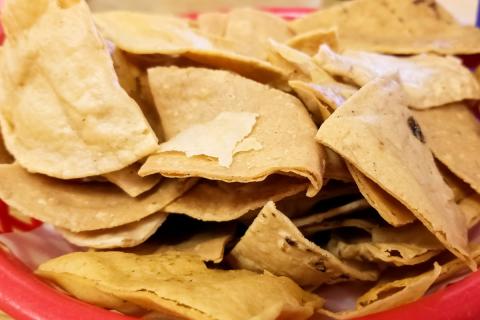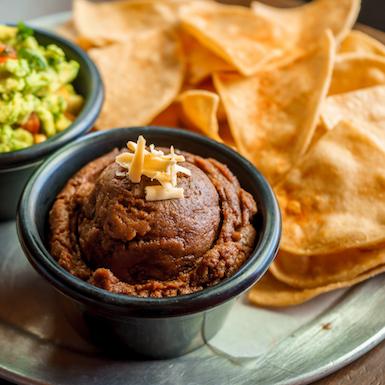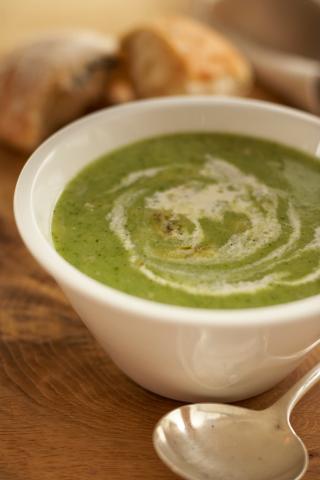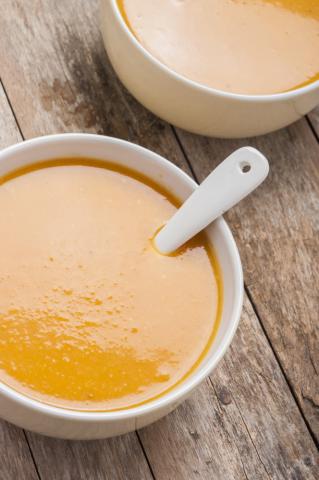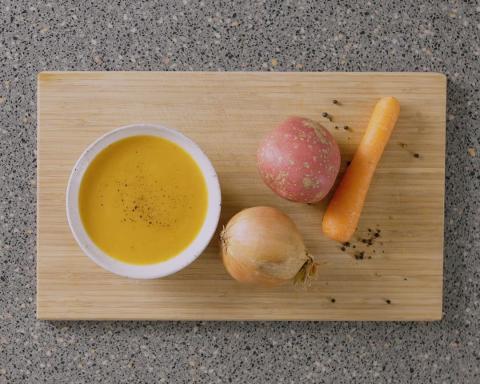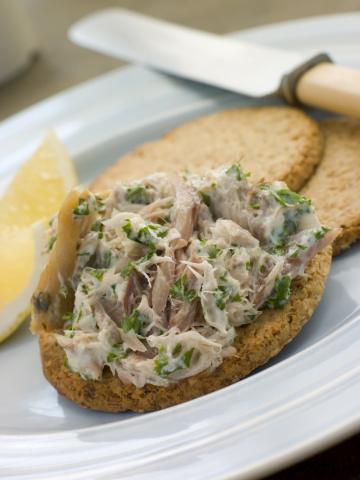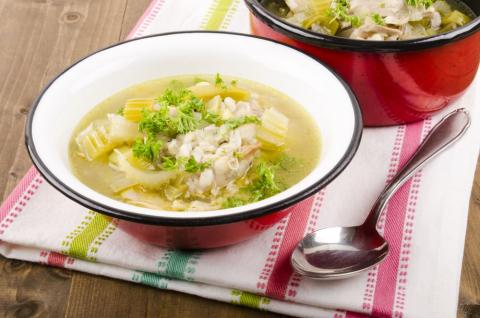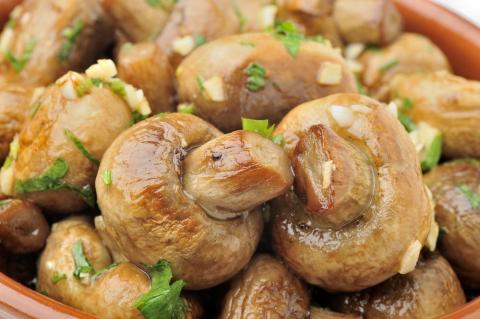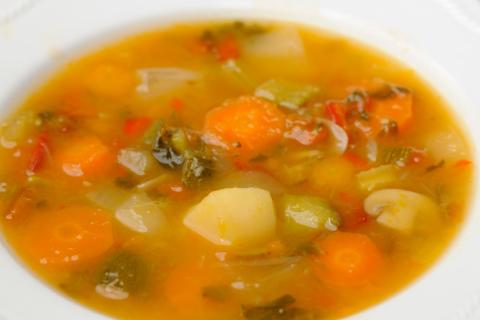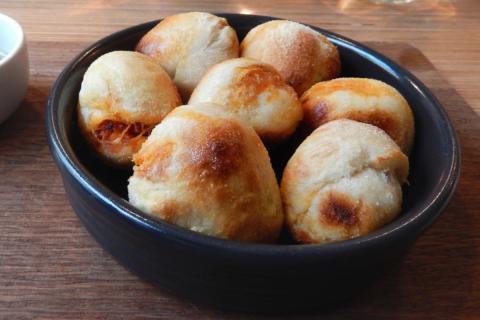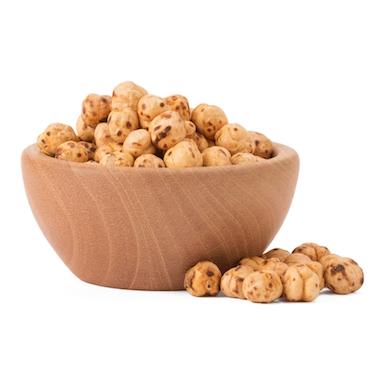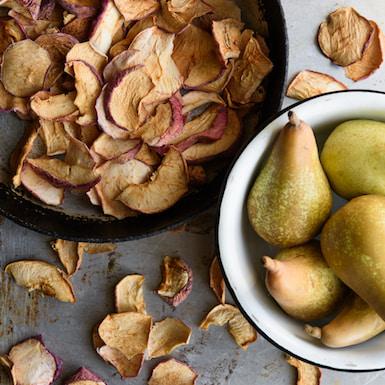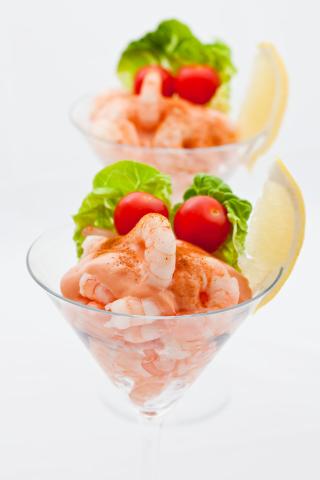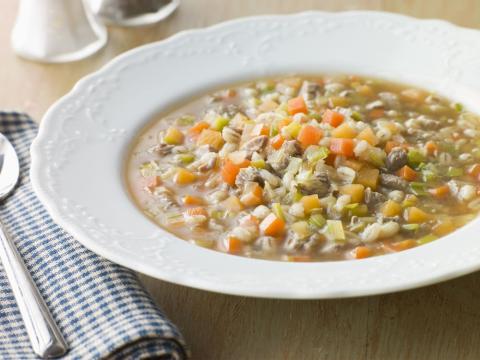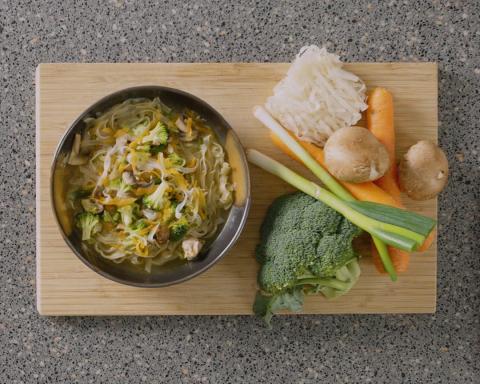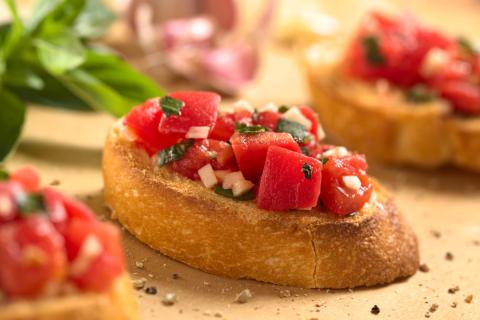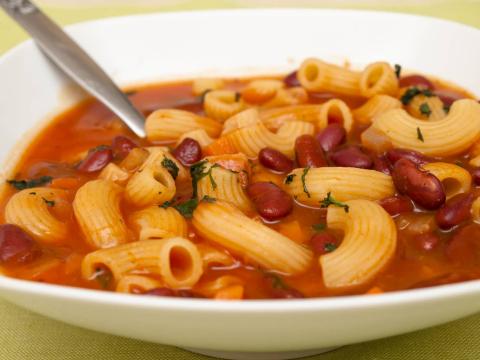- 5 Heaped tablespoons (150g) Wholemeal Flour
- ½ Teaspoon (2g) Salt
- 1 Teaspoon (4g) Baking Powder
- 5 Tablespoons (75ml) Water
- ½ Tablespoon (5ml) Oil
Ingredients
Allergy Disclaimer
Always check the label of each ingredient for allergy warnings.
Method
Method for dough balls:
- Mix flour, salt and baking powder in a large bowl.
- Add the oil and gradually mix in the water to form a soft dough. It should not be sticky.
- On a floured surface knead the dough for a few minutes.
- Pre heat oven to 200°C/400°F, Fan 180°C, or Gas Mark 6.
- Divide equally into 12 balls and place on a lined or greased baking tray.
- Bake until they begin to turn golden, about 15-20 minutes.
Method for pizza bases:
- Mix flour, salt and baking powder in a large bowl.
- Add the oil and gradually mix in the water to form a soft dough. It should not be sticky.
- On a floured surface knead the dough for a few minutes.
- Flatten the dough to around the size of a large plate and then it’s ready for toppings.
See our pizza recipes for cooking instructions and ideas for toppings. Note that making your own base will require a few extra minutes in the oven.
Time Saver Tips
To make things super speedy, you could buy a ready made pizza sauce or just use some chopped tomatoes. Pasta sauce and tomato puree works well too. If you don’t have time to make your own dough, you could buy a pizza base or plain cheese and tomato pizza and add your own toppings.
Cost Saver Tips
Why not try making extra dough so you can freeze it for another day? Any leftover cooked meat or vegetables you have can make great pizza toppings. Just don’t forget to cook any raw meat before you put it on the pizza. Fresh vegetables work best on pizza – but frozen peppers and sweetcorn are really tasty too. If you use mature cheddar cheese, you don’t need to use as much to get lots of flavour. Which means it’s healthier for you and your wee one, too!
Tips for Kids
Letting your little one choose their favourite vegetables to put on the pizza might make them more likely to want to eat it. Why not get them to help decorate the pizza? You could even see if they can make a smiley face with their veggies!
Nutritional Information
Based on a single serving of 53g (% of an adult's reference intake)
Energy
145 kcals ( 7 %)
615 kJ ( 7 %)
Fat
0.2 g ( 1 %)
Saturates
30.7 g ( %)
Sugar
0.2 g ( 1 %)
Salt
0.8 g ( 13 %)
Detailed nutritional information
| Per 100g | Per 53g serving | |
|---|---|---|
| Energy Kcals | 273 | 145 |
| Energy Kj | 1,160 | 615 |
| Protein | 6.5 g | 3.5 g |
| Total Fat | g | g |
| Saturated Fat | 0.5 g | 0.2 g |
| Carbohydrates | 57.8 g | 30.7 g |
| Total Sugars | 0.4 g | 0.2 g |
| NSP Fibre | 2.4 g | 1.3 g |
| Sodium | 594 mg | 315 mg |
| Salt | 1.5 g | 0.8 g |
Find out about nutritional labelling
Nutrition labels on the front of packaging
- Most of the big supermarkets and many food manufacturers display nutritional information on the front of pre-packed food.
- Front of pack nutrition labels provide information on the number of grams of fat, saturated fat, sugars and salt and the amount of energy (in kJ and kcal) in a serving or portion of a recipe.
- The labels also include information about reference intakes (expressed as a percentage) which are guidelines about the approximate amount of particular nutrients and energy required for a healthy diet.
- The colour coding tells you at a glance if the food has high (red), medium (amber) or low (green) amounts of fat, saturated fat, sugars and salt.
- The more greens on the label, the healthier the choice
- Amber means neither high nor low, so you can eat foods with all or mostly ambers on the label most of the time.
- Reds on the label means the food is high in that nutrient and these are the foods we should cut down on. Try to eat these foods less often and in small amounts.
Food shopping tips
If you’re trying to decide which product to choose, check to see if there's a nutrition label on the front of the pack. This will help you to quickly assess how your choices stack up. You will often find a mixture of red, amber and green colour coding for the nutrients. So when you're choosing between similar products, try to go for more greens and ambers and fewer reds if you want to make a healthier choice.
 Activities & Play
Activities & Play Behaviour
Behaviour Childcare
Childcare Development & Growing Up
Development & Growing Up Family, Friends & Relationships
Family, Friends & Relationships Feeding Your Baby
Feeding Your Baby Food & Eating
Food & Eating Health & Safety
Health & Safety Mental Health & Wellbeing
Mental Health & Wellbeing Money & Work
Money & Work Online Behaviour & Safety
Online Behaviour & Safety Pregnancy & First Days
Pregnancy & First Days School & Education
School & Education Sleep
Sleep

